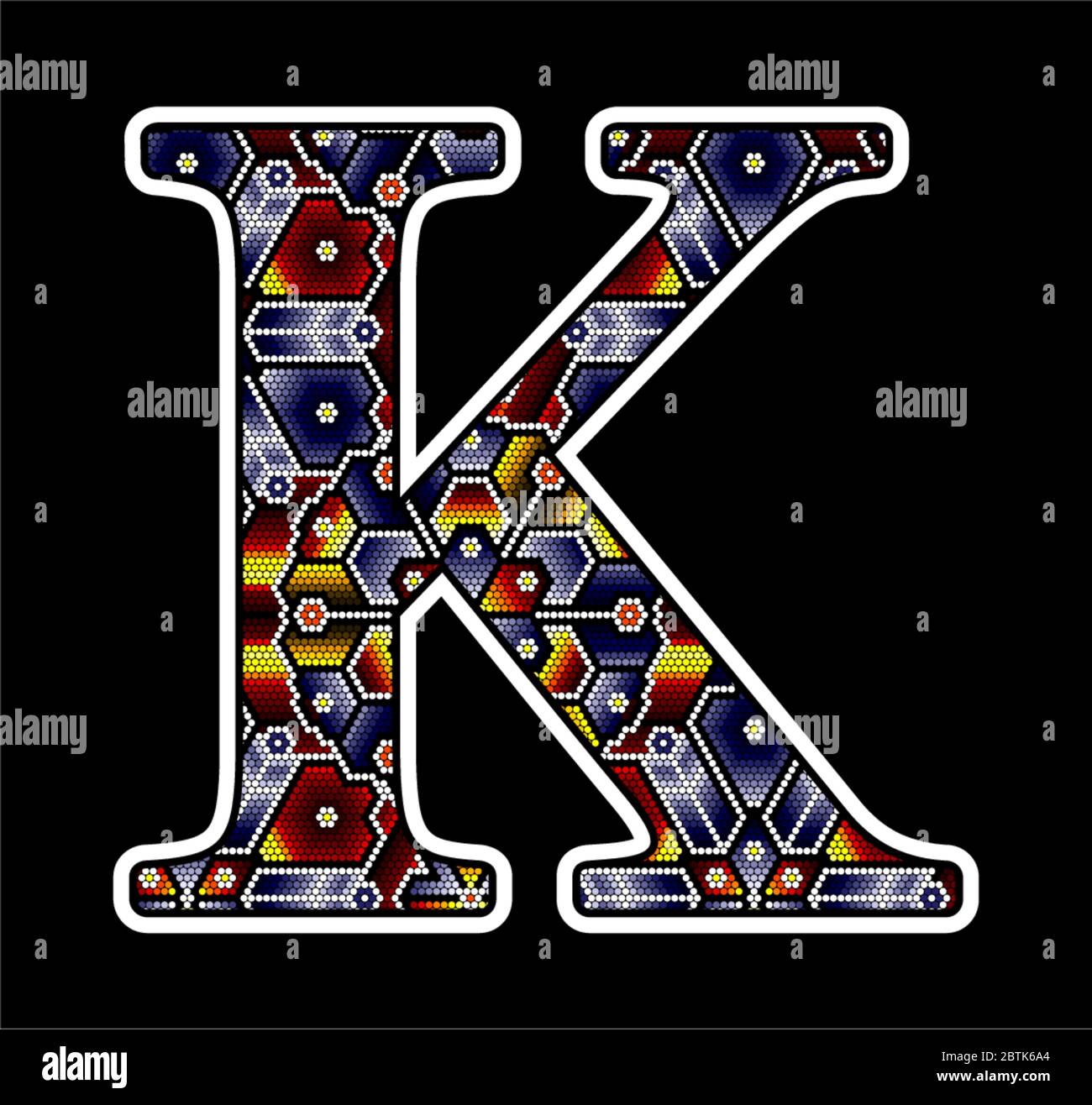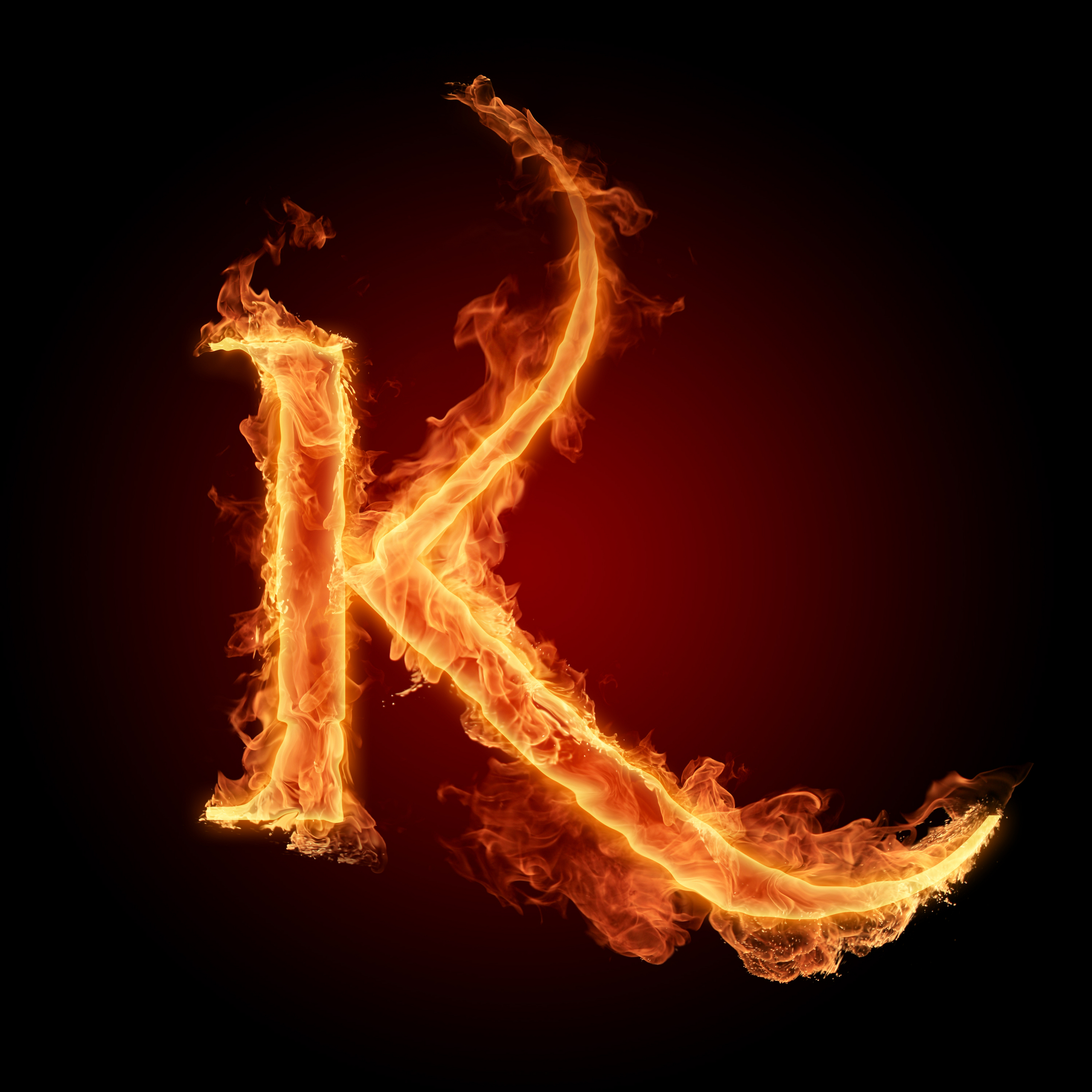The Letter K - A Closer Look
Have you ever stopped to think about the letters that make up our language, the very shapes we use to communicate? It's a bit wild, but each one has its own story, a long journey through time and different cultures. We often just see them as simple marks on a page, yet they carry so much history and meaning within their forms.
Take the letter K, for instance. It might seem like just another character in the lineup, but it pops up in some pretty interesting places, from how we measure warmth to how we talk about computer space. It even has a special hand gesture for those who communicate without speaking, which is really quite neat, you know?
So, as a matter of fact, we're going to spend some time getting to know this particular letter a little better, exploring its past and its present. We will look at how it helps us learn, how it appears in different fields, and even a surprising connection it has to a faraway city.
Table of Contents
- What's the Story Behind K, Our Eleventh Companion?
- K's Role in Learning and Play, K chula Style
- K's Surprising Appearances, K chula's Many Faces
What's the Story Behind K, Our Eleventh Companion?
The letter K, a shape we see every day, holds a spot as the eleventh letter in what we call the Latin alphabet. This alphabet, you see, is the very foundation for English and for many other languages spoken across Western Europe and, in fact, all over the world. It's pretty much a global citizen, this letter.
Its name in English, 'kay,' is a simple sound that most of us pick up quite early in life. But where did this specific letter come from, and how did it manage to keep its look so consistent over so much time? Well, that's a bit of a tale, honestly, stretching back to ancient times and different writing systems.
How Did K, chula, Get Its Shape?
When we look at the letter K, chula, its form seems quite distinctive, with those two angled lines reaching out from a straight back. This shape, believe it or not, has roots that go way back to an older writing system called Semitic. The Semitic form, which was likely a picture or symbol for something like a hand, gave rise to what we now recognize as K. It's almost like a family tree for letters, where each one has ancestors.
From that Semitic beginning, the letter traveled and changed just a little, eventually becoming what the Greeks called 'kappa,' which looks very much like our K. It's fascinating to consider how a symbol from one culture can be adopted and adapted by another, carrying its essence forward. In fact, this letter has perhaps kept its original appearance more than almost any other letter throughout the entire recorded history of the alphabet. That's quite a feat, you know, for something so old to stay so recognizable.
What Makes K, chula, Stand Out in the Alphabet?
The English alphabet, as we know, is made up of twenty-six individual letters. Each one, of course, has a big version, what we call an uppercase or 'capital letter,' and a smaller version, often called a 'small letter.' K, chula, is no different, having both its tall, proud capital form and its more modest lowercase counterpart. This dual nature is pretty standard for all the letters we use to write.
Interestingly, when we write in English, we sometimes put letters together to make special combinations that represent a single sound. These are known as digraphs. While K itself is a single letter, it often appears as part of these pairs, like in 'ck' for instance, which you might find at the end of words. It's a subtle but important detail in how our written language works, actually, showing how letters can team up to create new sounds or spellings.
K's Role in Learning and Play, K chula Style
Learning the letters of the alphabet is one of the very first steps children take in their educational journey. It's a big deal, and making it fun really helps little ones grasp these important building blocks of language. That's where things like letter songs come in, providing a playful way to introduce each character, and K is no exception.
There's a letter K song, for example, that specifically helps children get to know this letter. These types of alphabet songs often combine sounds with visual cues, and sometimes even physical movements, which can make the learning process much more engaging. It's a simple idea, but it's really effective for young minds.
Are There Fun Ways to Learn K, chula?
Absolutely, there are plenty of fun ways to learn about K, chula, especially for kids who are just starting to explore the world of letters. The letter K song, often from sources like 'Have Fun Teaching,' is a truly wonderful tool. These songs often go beyond just singing the letter's name; they help children with recognizing the letter when they see it and even introduce them to the sign language gesture for K. This multi-sensory approach is quite helpful for different learning styles, you know.
Beyond just K, these kinds of songs are part of a broader collection of kids' songs that aim to teach a whole range of fundamental things. They cover not only the alphabet but also numbers, different shapes, and even colors. It's like a complete learning package, really, providing a one-stop place for children to discover the many joys found in nursery rhymes and educational tunes. So, there's a lot of value in these simple, cheerful melodies.
How Does K, chula, Show Up in Everyday Words?
Once children begin to recognize the letter K, chula, they start noticing it in words all around them. It's a bit like a treasure hunt, actually, where the letter pops up in unexpected places. For instance, if you think about the word "book," you'll find there is one K right there. What's more, that K is the very last letter in the word, which is a good example of how letters can appear at the end of a word.
This simple observation helps kids understand how letters combine to form words and where they might be positioned within those words. It's a foundational piece of reading skill, seeing how individual letters contribute to the overall sound and meaning of something written. So, while it seems small, noticing a K in "book" is a pretty big step in learning to read, in a way.
K's Surprising Appearances, K chula's Many Faces
Beyond its role in forming words, the letter K has some rather unexpected uses in various fields, showing just how versatile this single character can be. It's not just for spelling, apparently; it has a life of its own in science, technology, and even sports. It really does have many faces, you could say, depending on the context.
These different appearances highlight how symbols can take on specific meanings within specialized areas, making communication more precise and efficient for those who understand the particular shorthand. It's quite interesting how a single letter can carry so much varied information, depending on where you see it. So, let's look at a few of these surprising spots where K turns up.
Where Else Might You See K, chula?
You might be surprised to find K, chula, showing up in places far removed from simple alphabet lessons. In the world of computers, for example, K can stand for 'kilobyte,' a unit of digital information. When someone says a program uses "350 K of disk space," they are talking about how much storage it needs on a computer drive. This is a common way to measure file sizes or memory capacity, so it's a pretty practical application for the letter.
Then, if you're a fan of baseball, you'll see K used in a completely different way. In the scorebook, a K is the symbol for a 'strikeout,' which happens when a pitcher gets three strikes on a batter. If a sportscaster mentions that "the pitcher had more than 10 Ks in his last game," they mean that pitcher struck out ten or more batters. It's a quick, easy way to record a specific event in the game, which is quite clever, honestly.
Moving to science, specifically chemistry, K takes on yet another identity. It serves as the chemical symbol for potassium, an important element. This symbol comes from the German name for the element, 'kalium,' which is why it's K and not something like P. It's a small detail, but it shows the international influence on scientific naming conventions, you know.
And then there's temperature. In science, K is also the symbol for Kelvin, which is the SI unit of temperature. The Kelvin scale is used in many scientific calculations because it starts at absolute zero, the lowest possible temperature. So, whether you're talking about very cold things or very hot things, K can be a part of the conversation, which is pretty cool.
What's the Connection Between K, chula, and Pekanbaru?
This might seem like a bit of a jump, but K, chula, has a subtle connection to a city far away, Pekanbaru. Pekanbaru is a rather important place, being the capital city of the Indonesian province of Riau. It's also known as a major economic hub on the eastern side of Sumatra island, a place where a lot of business and trade happens. It's a really busy city, in a way, with a lot going on.
The link to our letter K comes from how the city got its name. The name "Pekanbaru" is actually derived from the Malay, which is an Indonesian word. This word, roughly translated, means 'new market' or 'new town,' and it's interesting to note how a place's name can carry so much history and meaning within its sounds. The 'k' sound, and the letter K itself, are part of the linguistic fabric that makes up the city's identity. So, even in a city's name, the influence of letters and their sounds is apparent, which is quite something, really.
- Ava Dalush 2024
- Exploring The World Of Roblox Condo Games A Thrilling Playground For Creativity
- Smart Air Austin Tx
- Sophie Raiin Spider Man
- Dave Ornstein

Capital Letter K Images

Collection of Over 999+ Stunning 4K Images featuring the Letter "K"

The letter K : circlejerk